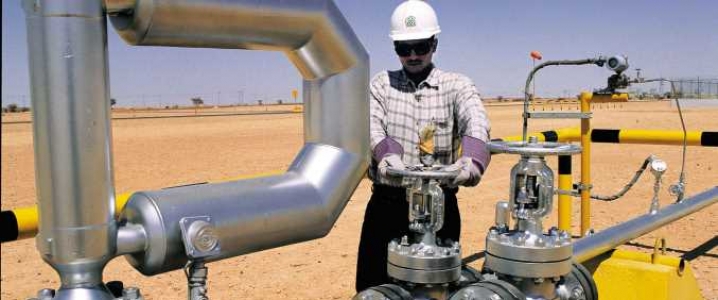Exxon, Chevron still reeling from low oil prices
(Trib Live) Cheaper oil is leading to the lowest summer gasoline prices in years, and it is causing heartburn for oil companies and their shareholders.
On Friday, Exxon Mobil Corp. reported its smallest quarterly profit in nearly 17 years — although it still earned $1.7 billion. Chevron Corp. posted its biggest loss in nearly 15 years.
The reports from the two biggest U.S. oil companies followed weak second-quarter results from BP and Royal Dutch Shell.
Exxon Chairman and CEO Rex Tillerson said the results “reflect a volatile industry environment.”
The companies have slashed spending on exploration and cut budgets to offset lower prices, but that has yet to create a sustained rebound in oil prices.



